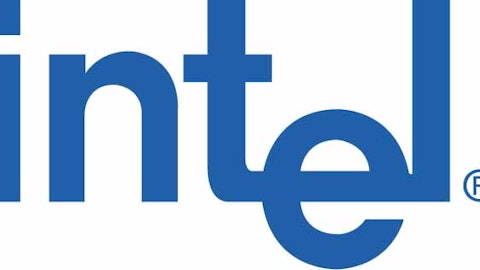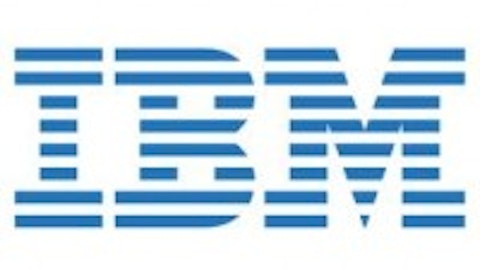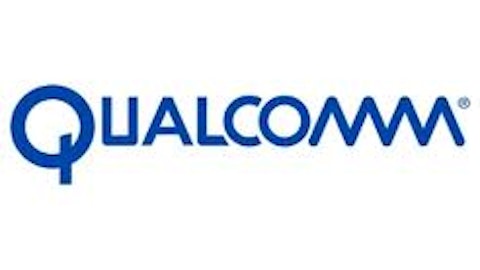When Nokia Corporation (ADR) (NYSE:NOK) got a huge jump on its main competitors for the third-place spot in the smartphone wars by going to market months sooner, it looked as if Microsoft Corporation (NASDAQ:MSFT)‘s Windows was going to be the undisputed third operating system. The Research In Motion Ltd (NASDAQ:BBRY) 10 OS faced more delays, and a real fear existed that by the time the company’s Z10 hit the U.S., it would be too little, too late. With Friday’s long-awaited release getting Research In Motion Ltd (NASDAQ:BBRY) into the fight, a new threat is lurking on the horizon.
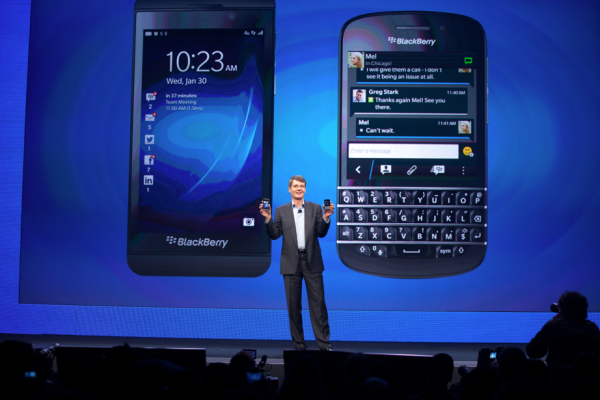
While rumors of a new Intel Corporation (NASDAQ:INTC) -driven smartphone platform surfaced late in 2012, discussion of the new OS developed by a consortium including Samsung, Huawei, and other Asian telecoms has intensified of late. The new platform, dubbed Tizen, is being developed to address a very real flaw that exists at the overlap of Google Inc (NASDAQ:GOOG)‘s Android and the Asian smartphone market. Given the critical nature of this market, its introduction is bad news for Microsoft, Research In Motion Ltd (NASDAQ:BBRY), and even for Google. The battle for third, and maybe even for the entire market, is by no means determined as things stand.
The first-mover advantage
Last fall, Nokia Corporation (ADR) (NYSE:NOK) and Microsoft got a huge jump on the market by being the first of the No. 3s to market by signing a critical deal with China’s largest wireless provider. With 700 million users in that network, Nokia’s Lumia 920T was well positioned to provide a realistic alternative to Android and iOS that could take advantage of the structural peculiarities of the Chinese market — most Chinese users are upgrading from 2G to 3G and use a different protocol that Nokia Corporation (ADR) (NYSE:NOK) specifically addressed in many of its handsets, specifically the TD-SCDMA network.
Since that victory, the company has introduced cheaper versions of its smartphone specifically intended to target emerging markets such as Africa. Microsoft continues to build out its ecosystem, and as more Windows Phones head to market, both companies are positioned to benefit. Ultimately, when Research In Motion Ltd (NASDAQ:BBRY) announced that the Z10 wouldn’t hit U.S. shelves until late March, it seemed Nokia Corporation (ADR) (NYSE:NOK) had third placed locked up.
Research In Motion Ltd (NASDAQ:BBRY) finally comes to the U.S.
Last Friday, Research In Motion Ltd (NASDAQ:BBRY) finally brought the Z10 to the U.S. for sale.
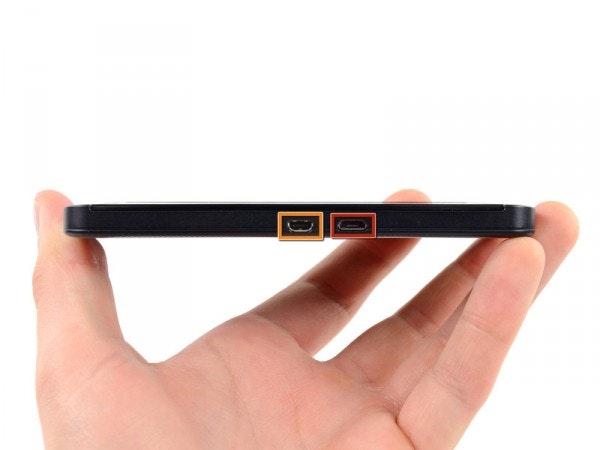
The release of the new device lacked the fanfare you recently saw when Samsung unveiled the new Galaxy S4 . Unfortunately for fans and investors, Research In Motion Ltd (NASDAQ:BBRY) seems to be going through a bit of an identity crisis, not really targeting business users, but not fully appealing to individuals, either. “I expect that we’re going to hit the ground running,” said Frank Boulben, the company’s chief marketing officer, citing “substantial pent-up demand.” If such demand exists, it’s likely to be from the business community, making the current “Keep Moving” ad campaign a little hard to follow.
It remains to be seen if Research In Motion Ltd (NASDAQ:BBRY) can take a meaningful role in the smartphone wars or if the company will be relegated to the role of a historical legend whose time has passed. If it can regain some relevance, the potential stock performance could be substantial.
